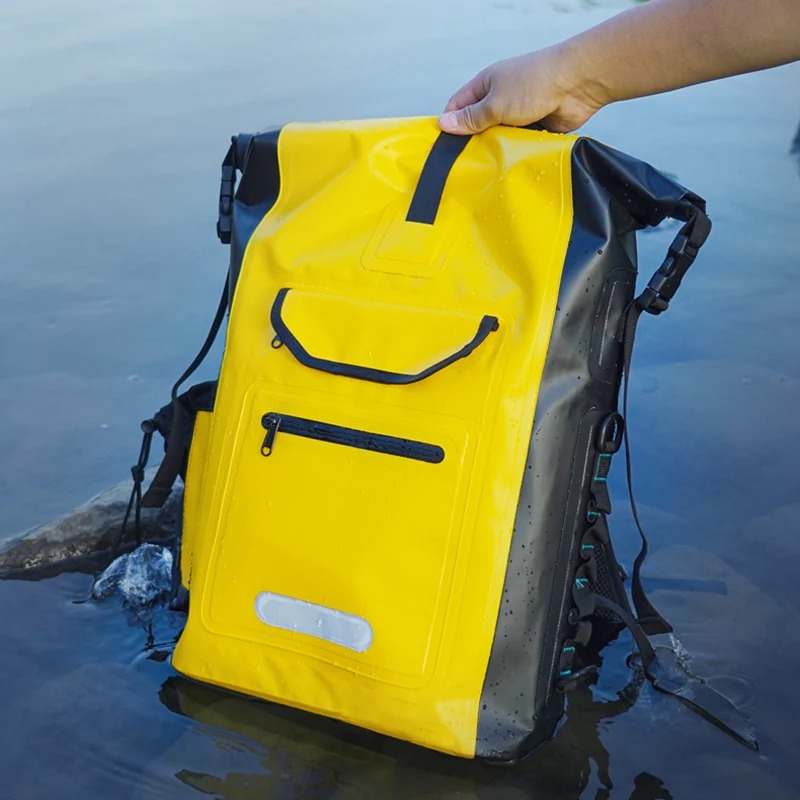Introduction: The Trekking Pole Debate
In recent years, trekking poles have gained popularity among hikers and outdoor enthusiasts. However, many still wonder, “Are trekking poles worth it?” The answer largely depends on individual needs and preferences. Some seasoned hikers swear by their trekking poles for added stability and reduced fatigue, while others believe they are an unnecessary addition to their gear. Understanding the benefits and potential drawbacks of trekking poles is crucial in making an informed decision about whether they fit your hiking style.
In this article, we will explore the experiences of real hikers who have used trekking poles on various adventures, offering insights into their effectiveness. By examining real testimonials, we aim to provide a balanced view of whether trekking poles are indeed worth the investment for hiking enthusiasts.

What Are Trekking Poles and Their Purpose?
Understanding Trekking Poles
Trekking poles, or hiking poles, are lightweight, adjustable poles designed to aid walkers and hikers in navigating various terrains. Typically made from materials like aluminum or carbon fiber, trekking poles often feature a comfortable handle, a wrist strap for support, and a foot with various attachments suitable for different surfaces.
Stability and Balance:
One of the primary purposes of trekking poles is to enhance stability. Using them allows hikers to distribute their weight more evenly, which can be particularly beneficial on uneven surfaces or while traversing steep inclines.
Reduced Strain on Joints:
As hikers ascend or descend, they place significant strain on their knees and joints. Trekking poles can help absorb some of this impact, potentially reducing fatigue, improving comfort, and lowering the risk of injury.
The Potential Downsides
Despite their advantages, some hikers argue against using trekking poles. For instance, they can take up extra space in your backpack and may require some getting used to for beginners. Additionally, some hikers feel that using poles can detract from the natural feeling of walking and might diminish their connection with nature.

Real Experiences: Hikers Weigh In
Hiker Testimonials
To better understand the value of trekking poles, we collected testimonials from various hikers regarding their experiences using these tools. The following insights illustrate how trekking poles can make a difference in real-world hiking situations.
Emily’s Experience:
Emily, an avid hiker who frequently tackles challenging trails, emphasizes that trekking poles have transformed her hiking experience for the better. She noted, “When I started using trekking poles, I felt a substantial difference in my stability while climbing steep sections of the Appalachian Trail. My knees also felt less strained during descents, which allowed me to hike for longer stretches without discomfort. I also felt more confident tackling technical terrains.”
Mark’s Take:
Mark, another experienced hiker, shared a different perspective. While he acknowledges the benefits of trekking poles for some, he prefers a minimalistic approach. He commented, “I appreciate the stability they provide, but I found them cumbersome on simpler trails. I personally prefer to improve my balance by using my core muscles. However, I can totally see why others might value the assistance, especially on longer or more challenging hikes.”
Jessica’s Adventure:
Jessica, who recently completed a multi-day trek in the Pacific Northwest, praised her trekking poles for enhancing her hike. “I faced steep, muddy trails, and my trekking poles were my lifelines. They helped me navigate tricky areas and even proved useful when crossing streams. I cannot imagine completing that trek without them! Furthermore, they were a game-changer when I was dealing with slippery rocks.”
Varying Perspectives on Pole Usage
From these testimonials, it’s clear that personal preferences play a significant role in determining the value of trekking poles. While some hikers experience enhanced stability and reduced joint strain, others prefer to rely solely on their balance and strength.

The Benefits of Using Trekking Poles
Enhanced Balance and Stability
Using trekking poles can significantly improve balance and stability on uncertain terrain, making them particularly useful for those traversing rocky or steep areas. According to several real-world experiences, using two poles instead of one can enhance coordination, especially on steep or slippery surfaces.
Uphill Ascent:
Climbing steep inclines often requires more effort, yet trekking poles can provide critical support and distribute weight evenly. This assistance becomes especially helpful when navigating rocky or uneven ground, making it easier to ascend without overexerting yourself.
Downhill Descent:
Conversely, trekking poles can absorb shock and reduce stress on knees during downhill treks. Their adjustability allows hikers to maintain proper height and angles, ultimately leading to a more ergonomic experience. This becomes essential for longer hikes that involve considerable elevation changes. Some hikers report that the relief from tension helps them from dealing with fatigue and thus enhances their overall enjoyment of the hike.
Fatigue Reduction
Another noteworthy advantage of trekking poles is their potential to reduce fatigue. By distributing weight across all four limbs, hikers can save energy that would have otherwise been used in maintaining balance and stability.
Less Strain on Legs:
In situations where a hiker descends a steep trail, the use of trekking poles can mitigate some of the pressure on the legs and knees. Consequently, this allows for longer, more enjoyable hikes without the discomfort associated with heavy strain.
Improved Endurance:
Many hikers report that employing trekking poles enhances their endurance during long treks. This allows them to engage in prolonged periods of hiking without feeling excessively fatigued. A simple shift in weight distribution can enable hikers to cover greater distances while maintaining a higher level of comfort.

Tips for Choosing the Right Trekking Poles
Considerations When Selecting Trekking Poles
If you’ve decided that trekking poles are worth the investment, consider the following factors to help you choose the right pair that best fits your needs:
Material and Weight:
Trekking poles come in various materials, typically aluminum or carbon fiber. Aluminum poles are durable and affordable, while carbon fiber poles are lighter but come at a higher price. Choosing the right material will depend on your budget and weight preferences. Many hikers recommend testing the weight of the poles before buying to ensure comfort during extended use.
Adjustability:
Look for telescoping or adjustable poles that allow you to change height based on your comfort level and the terrain. This feature enables quick adjustments between steep ascents and descents, improving overall performance.
Grip Type:
Ergonomic grips (often made from foam or cork) are essential for prolonged comfort during hikes. Consider which type feels most comfortable in your hand, as this can significantly impact your overall hiking experience. Models with adjustable wrist straps can also help distribute pressure while maintaining control over the poles.

Maximizing Your Trekking Pole Experience
Techniques for Utilizing Trekking Poles
Once you’ve invested in trekking poles, learning how to use them effectively is crucial for maximizing their benefits.
Proper Technique:
When using trekking poles, maintain a relaxed grip and keep your elbows close to your body. As you move, swing the poles in sync with your opposite foot to create a natural rhythm. This technique can enhance balance and stability while on the trail.
Practice:
Before embarking on challenging trails, practice using your trekking poles on easier ones. This will allow you to become accustomed to the rhythm and timing required for effective use, ensuring you feel comfortable when you hit tougher trails.
Test Before You Commit
Finally, if you’re unsure whether trekking poles are worth the investment, consider renting a pair before making a purchase. Many outdoor and sporting goods stores offer rental services, allowing you to test different options on the trail. This trial will give you a better understanding of how they enhance (or detract from) your hiking experience. Now believe you have the answer of the question are trekking poles worth it.

Conclusion: Are Trekking Poles Worth It?
In conclusion, “Are trekking poles worth it?” The answer ultimately depends on individual hiking styles and preferences. Many hikers, based on the testimonials shared, find tremendous value in using trekking poles. They report feeling more balanced, experiencing less fatigue, and achieving a greater sense of confidence while navigating difficult terrain.
Conversely, some hikers prefer to go without poles, favoring a minimalistic approach to their outdoor adventures. Whether you lean toward using trekking poles might depend on the type of hikes you prefer, your physical condition, and the conditions of the trails you tackle.
We encourage you to weigh both perspectives and consider your habits as a hiker. If you regularly tackle challenging trails, investing in a solid pair of trekking poles may greatly enhance your outdoor experience. Ultimately, the choice lies within your preferences and the unique adventures you embark upon.
When in doubt, try out a pair of trekking poles on your next hike and see how they feel. You might just discover that they make a significant difference in your enjoyment and performance on the trail.




















































